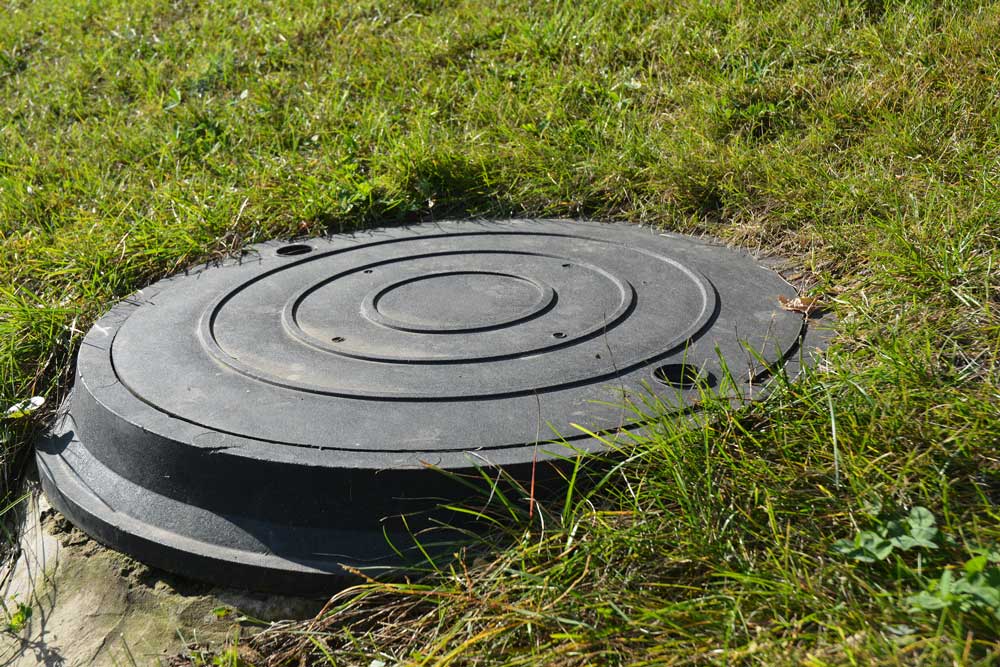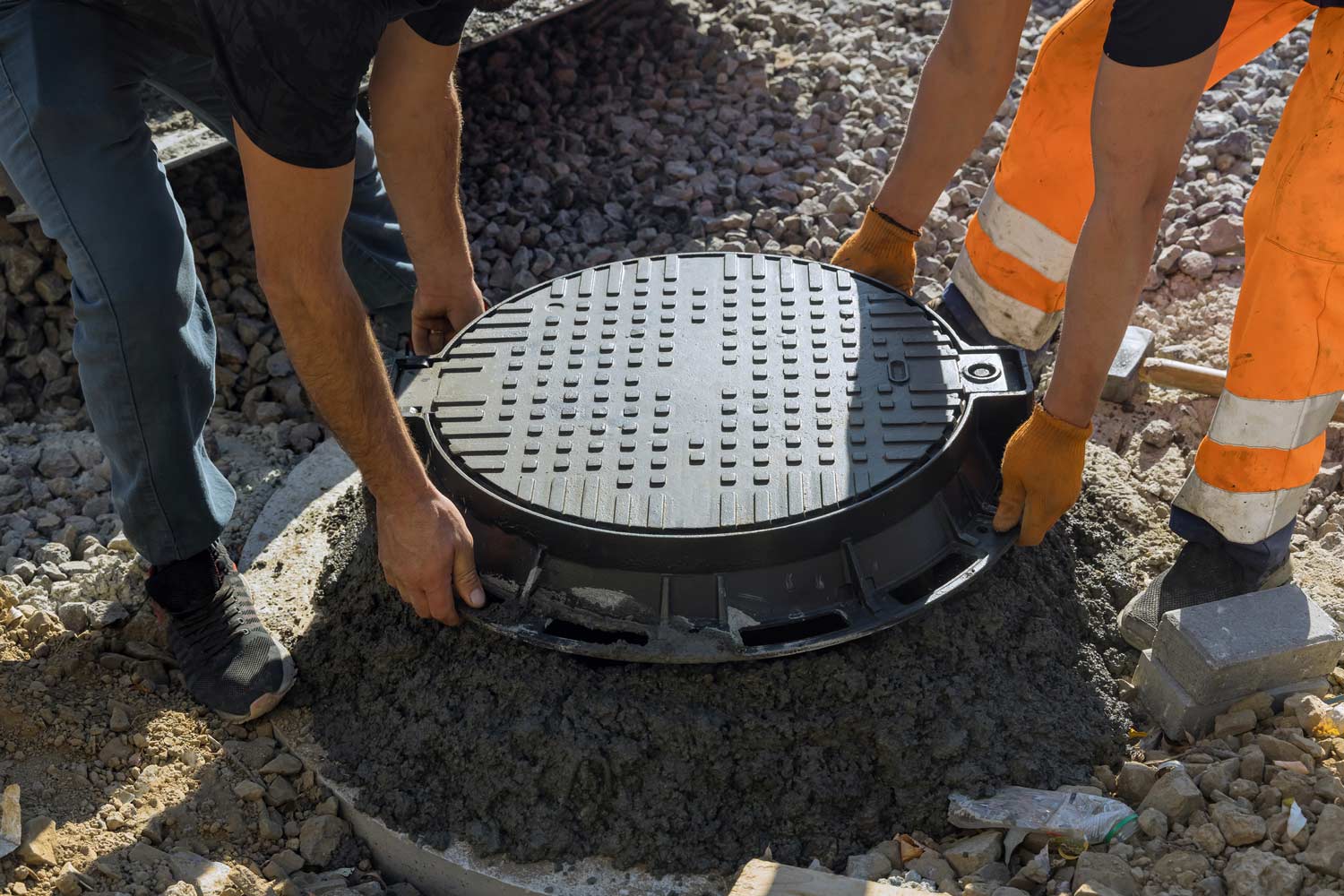Next Steps If Your Building Site Won't Support Standard Septic
Admin • October 10, 2020

Planning the construction of your dream home or vacation home is an exciting step, but like many big projects, it may hit some snags along the way. One potential setback can occur if you discover that your building site is unsuitable for building a standard septic system.
Perhaps your site failed the percolation test, or perhaps it's simply too rocky, hilly, or close to a body of water, meaning that a standard septic system wouldn't function properly. Either way, this setback doesn't have to be the end. Here are some next steps to take if you find out that your site won't support the standard septic system you were planning on.
1. Consider Sewer Hookup
In many situations, homebuilders are only considering septic because no sewer connections are available at all. In this scenario, a sewer hookup won't be an option for you. However, if you planned a septic system because you want your home to be off-grid or because a sewer connection would be inconvenient and expensive, you may want to reconsider.
Even if a sewer hookup would require laying sewer pipe quite a distance or across a neighbor's property, these expenses may seem more reasonable when your only other option is a more costly alternative septic system. And having a sewer hookup won't prevent you from constructing eco-friendly graywater systems or a compost toilet for your green lifestyle later on.
2. Look for Adaptations and Alternatives
If you've completely written off the possibility of a sewer hookup (for instance, if the nearest sewer line is miles away), it's time to look into alternative septic systems. These types of systems are designed specifically to work in situations where a more standard system can't operate effectively. Some examples of alternative systems and adaptations include:
- Septic mound systems for areas where topsoil is too shallow or poorly drained
- Sand filter systems for areas where the soil doesn't filter well
- Aerobic systems for small lots, sites near open water, and similar issues
- Pump-assisted systems for hilly sites
As you can see, different site problems can require different solutions. For example, if your site failed its percolation test because the soil is too dense, you may simply need to update your septic system plans to include a mound system.
3. Find a Septic Contractor and Get a Quote
However, before you update your plans or finalize anything, you'll need to get an expert opinion. A contractor who has plenty of experience with alternative septic systems can help you to visualize how an alternative system would work on your property.
The contractor can also give a professional opinion of how well each potential alternative would work in your situation and outline the pros and cons of different options. Don't forget to ask for a quote on how much the system installation will cost once you've decided which alternative system type is likely to work best.
4. Update Building Plans and Schedule
The requirements for an alternative septic system may mean that constructing the system will take more time and potentially cost more. So, you'll have to update your construction schedule and budget accordingly.
In addition, you may need to adjust where you build the house based on the system's size and placement. For example, one adaptation for a difficult site is to simply design a system with a larger leach field. Since leach fields have to be a certain distance from the house, this could mean moving your building site if the leach field area starts to encroach on that required gap.
So make sure you go back over your building plans, schedule, and budget with all planned adaptations in mind.
These next steps will help you to find a way forward after receiving the difficult news that you can't build the septic system that you were planning for on your construction site. For more information on different septic system options and alternatives, give JT Sanitation
a call today. We can help with septic planning, installation, and upkeep.
Choosing a good site for your new septic system depends on several factors. Learn what makes an appropriate septic installation site by reading this blog.
Septic tanks are beneficial but can get full fast. That’s why regular septic cleaning is important. Discover the benefits you can get.
Many homeowners disguise their septic systems. Heed these warnings to ensure your septic disguises do not come with dangerous complications.
Keep your septic system in top condition and prevent damage by preparing it for winter. Learn six steps to prepare for the colder months.
Do you suspect you have a clogged sewer line? Avoid health threats and water damage by knowing the signs to watch out fora main sewer line clog.
A septic system is a significant investment and one you want to last for years. Learn a few simple ways to increase the life of your septic system.
Many factors could cause the backflow of waste into your home. Follow our blog's four tips to ensure you don't have to deal with flooding inside your home.
Septic system repair isn't something that you should leave to a DIY enthusiast. Learn about five reasons to always hire a septic system professional.
If you build a new home and you plan to install a septic system, you will need to take the percolation test. Discover four important things about this test.
